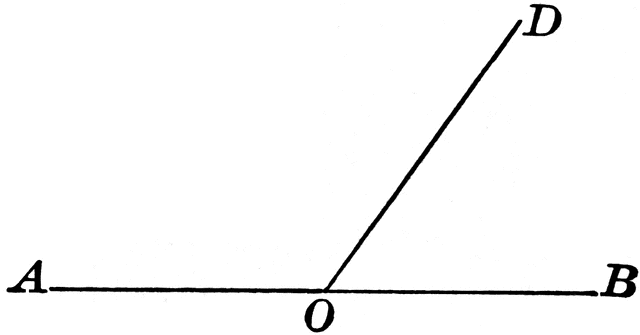

The supplementary and complementary angles are the angles that always appear in a pair, summing up to 180 and 90 degrees respectively, and have various real-time applications, the most common example being the crossroads. Two supplementary angles that are not adjacent to each other are proved to be non-adjacent supplementary angles. Two supplementary angles having a common vertex and a common arm are proved to be adjacent supplementary angles. The two types of supplementary angles are expressed below. So, there are two kinds of supplementary angles. Supplementary angles can either be adjacent or nonadjacent in nature. In this scenario, Angle A and Angle B are called “supplements” of each other. In easy words, angle A and angle B are supplementary to each other, then Angle A + Angle B = 180 o. Supplementary angles always form a straight angle that is 180 degrees, when they are put together. Two angles are known to be supplementary angles if their sum adds up to 180 degrees. These two angles are then proved as supplements of each other. Thus, supplementary angles are a pair of two angles forming a straight angle that is 180 degrees, when they are put together. Consecutively, supplementary means something when supplied to complete a thing. Where “supplere” means supply, and “plere” means fill. The word supplementary is obtained from two Latin words “supplere” and “plere”. If the angles are measured from a line, we can see two different types of angles, such as a positive and a negative angle. The angle measurement between the two rays can be symbolized by the Greek letter θ, α, β, etc.

The angle is expressed by the symbol “∠”. In case if the angles are created by the intersection of two planes in the Euclidean or any different space, the angles are then named dihedral angles. The two rays of the angle are called the sides of the angle, and the common fixed point is called the vertex. The word “angle” is obtained from the Latin word “angulus”, which means a corner.

In the subject of geometry, a figure which is created by two rays or lines that share a common fixed point is called an angle.


 0 kommentar(er)
0 kommentar(er)
